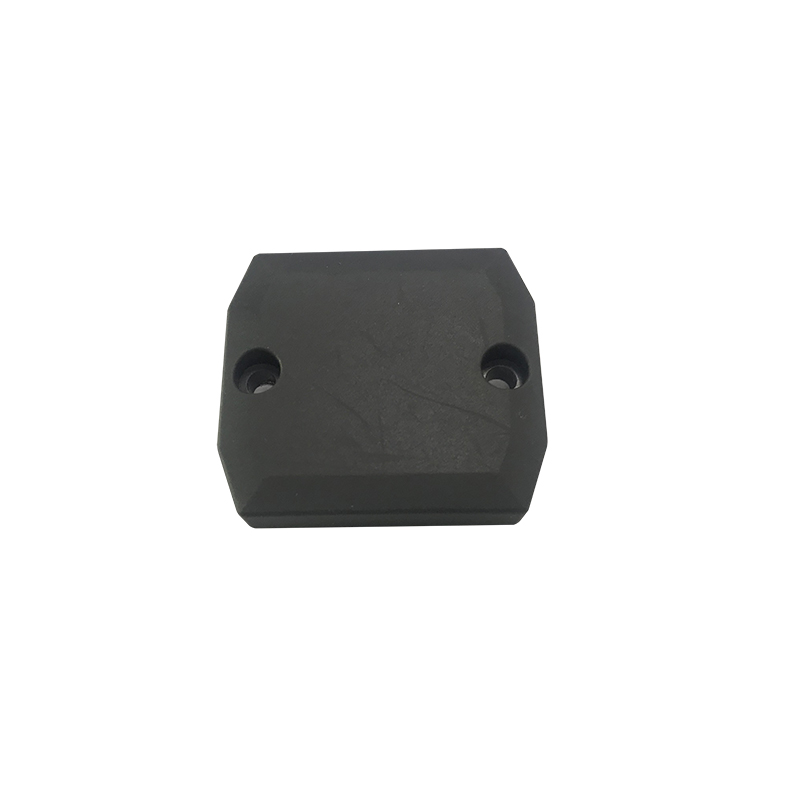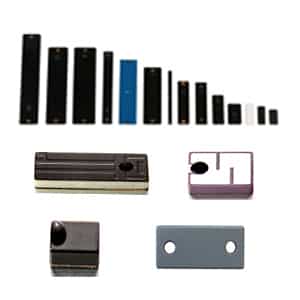
USB Readers: These readers give excellent results when we need to record or read very few tags at different points during the manufacturing processes or for validation of documents in offices. For example to detect pallets or products in shipping areas.
#Uhf rfid tags install
If the reading area is fixed, it is convenient to install a reader that covers the area and leave the task automated.
#Uhf rfid tags portable
For example, if we are in a store or warehouse where we need to make inventories and movements, it is convenient to use a portable terminal. The type of rfid reader: many times the question is whether to use a fixed reader or a portable reader. The maximum reading power is marked by the regulation allowed in each country or zone according to the type of frequency (ETSI, FCC).

The most complex applications are those where there is a high density of tags, liquids or metal products. Ratio of reading: the emission power and reading capacity requirements are determined by the number of tags to detect in a specific time. Mobile readers allow us to read while we move and to perform inventories or search for RFID tags that we do not see. Reading area: Fixed readers serve mainly to cover a specific area: one point by a doorway, a machine, on a conveyor belt, in a crate, etc. To choose the right reader, we have to take into account several factors: And if we need to use portable readers, we recommend the Zebra MC9190, Impinj AB700 Zebra RFD8500. To read a high density of tags or requirements of 100% accuracy in detection, the best fixed RFID readers are: Impinj R420, ThingMagic M6e, Zebra FX9500. There are multiple types of readers Fixed RFID, portable rfid readers, rfid readers for Smartphone and USB readers. Some brands have multiplexers that allow us to connect up to 32 antennas in the same reader. Typically used is 2 or 4 port fixed readers. The number of antennas is usually chosen according to the reading space we want to detect or the density of tags to read. Number of Antennas: Standard high-performance readers have 2 ports, 4 ports or 8 ports. The more overture the antennas have, the less detection distance. The angle of opening depends on the area to be covered, for example: 70 °, 100 °, etc. Overcast angle and gain: Using antennas with gains of between 8.5-10 dbi or more, will allow us to emit more power and obtain a higher reading ratio. NF (Near Field) antennas are used to read RFID tags within a few centimeters. Linear polarization antennas are used when the orientation of the tags is known and controlled and is always the same. The antennas create different wave fields and cover different distances.Īntenna Type: Circular polarization antennas work best in environments where the orientation of the tag varies. When an RFID chip crosses the antenna field, it is activated and emits a signal. RFID Antennas are responsible for emitting and receiving waves that allow us to detect RFID chips. In this article I will define with a brief explanation each of the main elements when implementing an RFID project. Gen2 UHF RFID systems consist of: readers, antennas, printers, and RFID tags or labels. The typical reading range is 0-12 meters. The reader processes the data so that we can integrate them into our application and give them meaning.


They do not need batteries and can be used for many years. The waves "give energy" to the tags so that they can communicate by emitting a unique ID. The RFID reader emits radio waves of specific frequencies through RFID antennas.


 0 kommentar(er)
0 kommentar(er)
